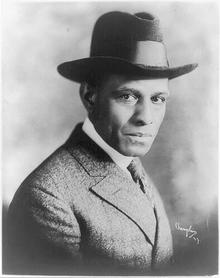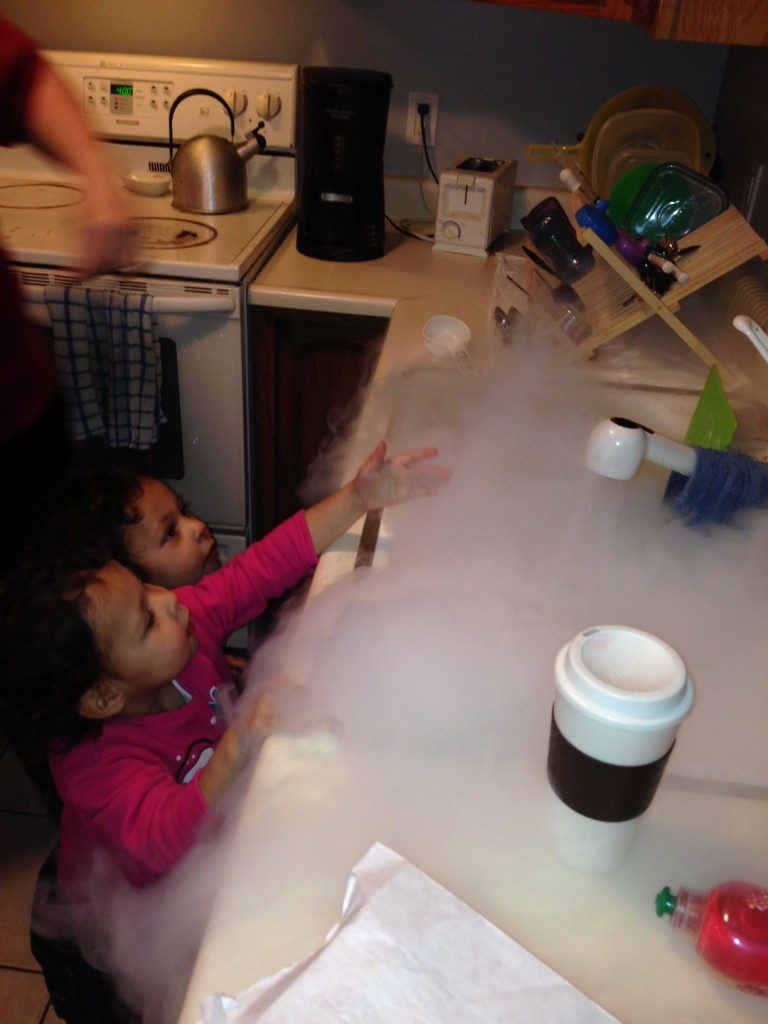Valentine’s Day, Black History Month, and Miscellany
event, everyday glory, family and friends, history, kids February 14th, 2014Friday – 14 February 2014
It’s Valentine’s Day. (Or the so-called “Single Awareness Day.”)
However you refer to the day, I hope that it finds you well.
Things have been pretty good around the homestead. The girls are, as my mother would say “…getting into everything but a beef stew.”
But, they are also quite fun to be around. Listening to them as they are holding imaginary conversations on “telephones” is hilarious. And seeing the things they come up with – rockets, trains, towers, cars with propellers – when playing with their Duplo? Just as entertaining. They even have sets of Valkyrie and Amazon HeroClix that they keep at the dinner table…
…although, they are occasionally are “put to bed” under napkins, which is equally amusing.
Chew on This – Food for Thought: Black History Month

I’m farther behind with this than I had hoped to be. But, I’m not going to let that daunt me. So, let’s just jump right in:
- Blackface – A form of theatrical makeup used by white performers to represent a black person.
Blackface makeup was either a layer of burnt cork on a layer of coca butter or black grease paint. In the early years exaggerated red lips were painted around their mouths, like those of today’s circus clowns. In later years the lips were usually painted white or unpainted. Costumes were usually gaudy combinations of formal wear; swallowtail coats, striped trousers, and top hats.
Minstrel show entertainment included imitating black music and dance and speaking in a “plantation” dialect. The shows featured a variety of jokes, songs, dances and skits that were based on the ugliest stereotypes of African American slaves. From 1840 to 1890, minstrel shows were the most popular form of entertainment in America. (Black-face.com)
- The Children’s Crusade – The name bestowed upon a march by hundreds of school students in Birmingham, Alabama, on May 2, May 3, May 4, and May 5, 1963, during the American Civil Rights Movement’s Birmingham Campaign. Initiated and organized by Rev. James Bevel, the purpose of the march was to walk downtown to talk to the mayor about segregation in their city. Many children left their schools in order to be arrested, set free, and then to get arrested again the next day. The marches were stopped due to the head of police “Bull Connor” who brought fire hoses to ward off the children and set police dogs after the children. (video from Biography.com)
- Deed of Manumission – Manumission was a popular term used during the eighteenth and early nineteenth centuries in reference to the voluntary act on the part of individual slave-owners of freeing or liberating their own slaves. As a general rule, slaves so freed were issued a formal document (“manumission deed”) by the slave-owner. This document, of course, became an invaluable possession of the ex-slave and usually the only means of “proving” that he or she was indeed free.
- Robert Brown Elliott – An African-American member of the United States House of Representatives from South Carolina, serving from 1871-1874.

Robert Brown Elliott’s early life is a mystery. He claimed to have been born in Liverpool, England toWest Indian immigrants. But, biographers have been unable to corroborate these facts.
Elliott arrived in South Carolina in 1867 at the age of 25, where he established a law practice. Elliott helped organize the local Republican Party and served in the state constitutional convention.In 1868 he was elected to the South Carolina House of Representatives. The next year he was appointed assistant adjutant-general; he was the first African-American commanding general of the South Carolina National Guard. As part of his job, he helped form a state militia to fight the Ku Klux Klan.Elliott was elected as a Republican to the Forty-second and Forty-third United States Congress. He “delivered a celebrated speech” in favor of the Civil Rights Act of 1875. He resigned on November 1, 1874, to fight political corruption in South Carolina. He served again in the South Carolina House of Representatives, where he was elected as Speaker of the House.
He ran successfully for South Carolina Attorney General in 1876. In the state elections that year, white Democrats regained dominance of the state legislature. The following year, 1877, when the last of the federal troops were withdrawn from South Carolina, he was forced out of office.
- Freedmans’ Bureau – Established by Congress on March 3, 1865, the Freedmen’s Bureau was designed to protect the interests of former slaves (“freedmen”) and displaced southern whites (“loyal refugees”) following the American Civil War. Intended primarily to act as a safeguard for the freedmen against possible attempts at reenslavement, the Bureau was also empowered to provide freedmen with food, medical and hospital care, educational facilities and homestead land. In addition, the Bureau assisted the freedmen in obtaining employment, settling legal disputes and finding suitable housing facilities. Functioning under the aegis of the War Department, the Freedmen’s Bureau was headed by General O. O. Howard. Although the official “life” of the Bureau extended until 1872, most of its major objectives had been accomplished by 1869.
- Charles Sidney Gilpin – One of the most highly regarded actors of the 1920s.

In 1896 at age 18, Gilpin joined a minstrel show, leaving Richmond and beginning a life on the road that lasted for many years. When between performances on stage, like many performers he worked odd jobs to earn money: as a printer, barber, boxing trainer, and railroad porter. In 1903, Gilpin joined Hamilton, Ontario’s Canadian Jubilee Singers.
In 1905 he started performing with traveling musical troupes of the Red Cross and the Candy Shop of America. He also played his first dramatic roles and honed his character acting in Chicago.
In 1916, Gilpin made a memorable appearance in whiteface as Jacob McCloskey, a slave owner and villain of Dion Boucicault’s The Octoroon. Though he left Bush’s Company over a salary dispute, his reputation there allowed him to get the role of Rev. William Curtis in the 1919 premier of John Drinkwater’s Abraham Lincoln.Gilpin’s Broadway debut gained him casting in the premier of Eugene O’Neill’s The Emperor Jones. He played the lead role of Brutus Jones to great critical acclaim, including an O’Neill-lauded review by writer Hubert Harrison in Negro World. Gilpin’s achievement resulted in the Drama League of New York‘s naming him as one of the ten people in 1920 who had done the most for American theater. He was the first Black American so honored. Following the Drama League’s refusal to rescind the invitation, Gilpin refused to decline it. When the League invited Gilpin to their presentation dinner, some people found it controversial. At the dinner, he was given a standing ovation of unusual length when he accepted his award.
I was going to throw in a few Stray Toasters, but I think I’ll save those for another post.
Namaste.
Leave a Reply
You must be logged in to post a comment.



